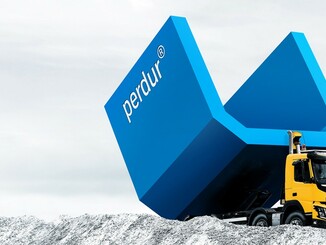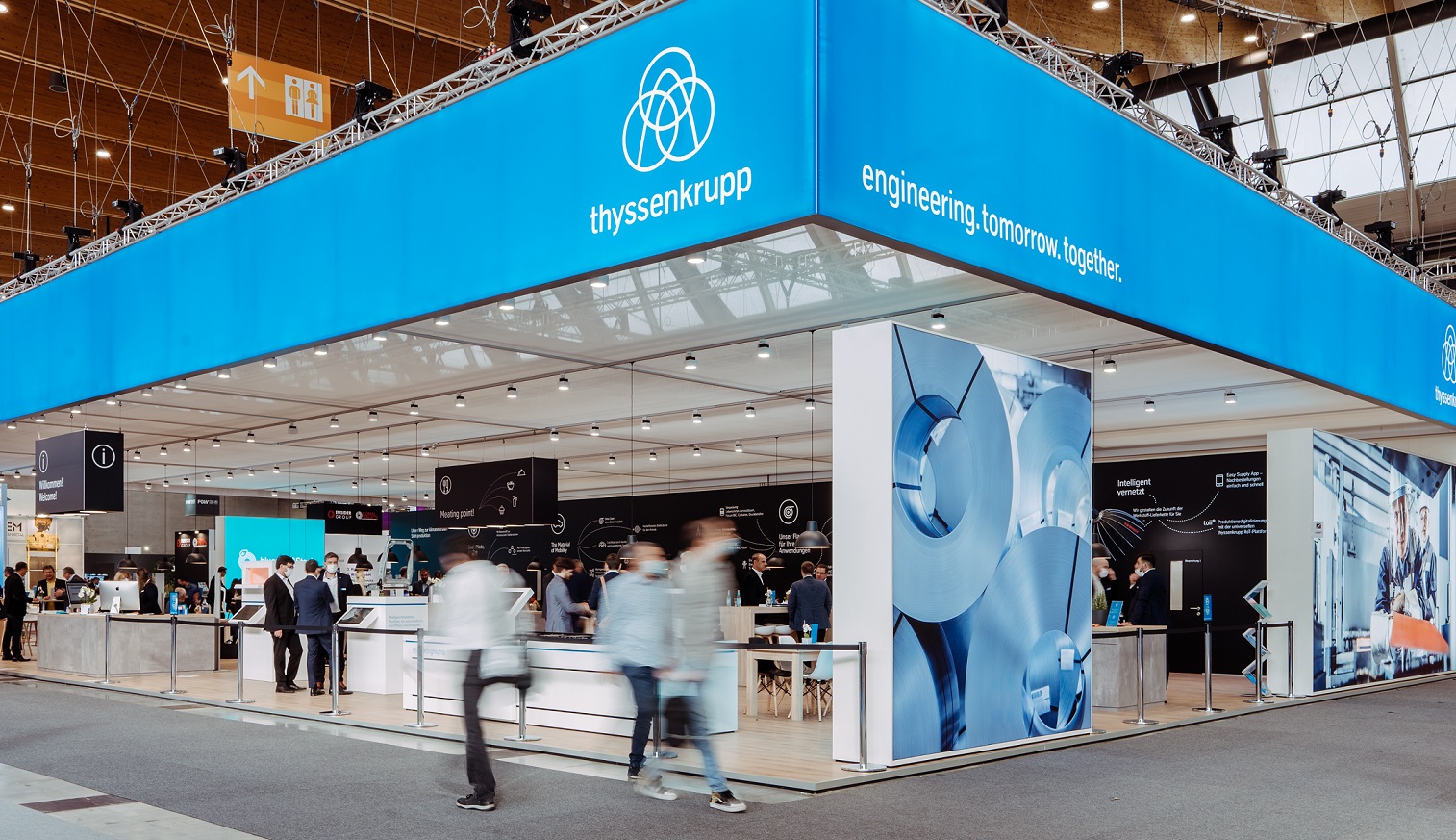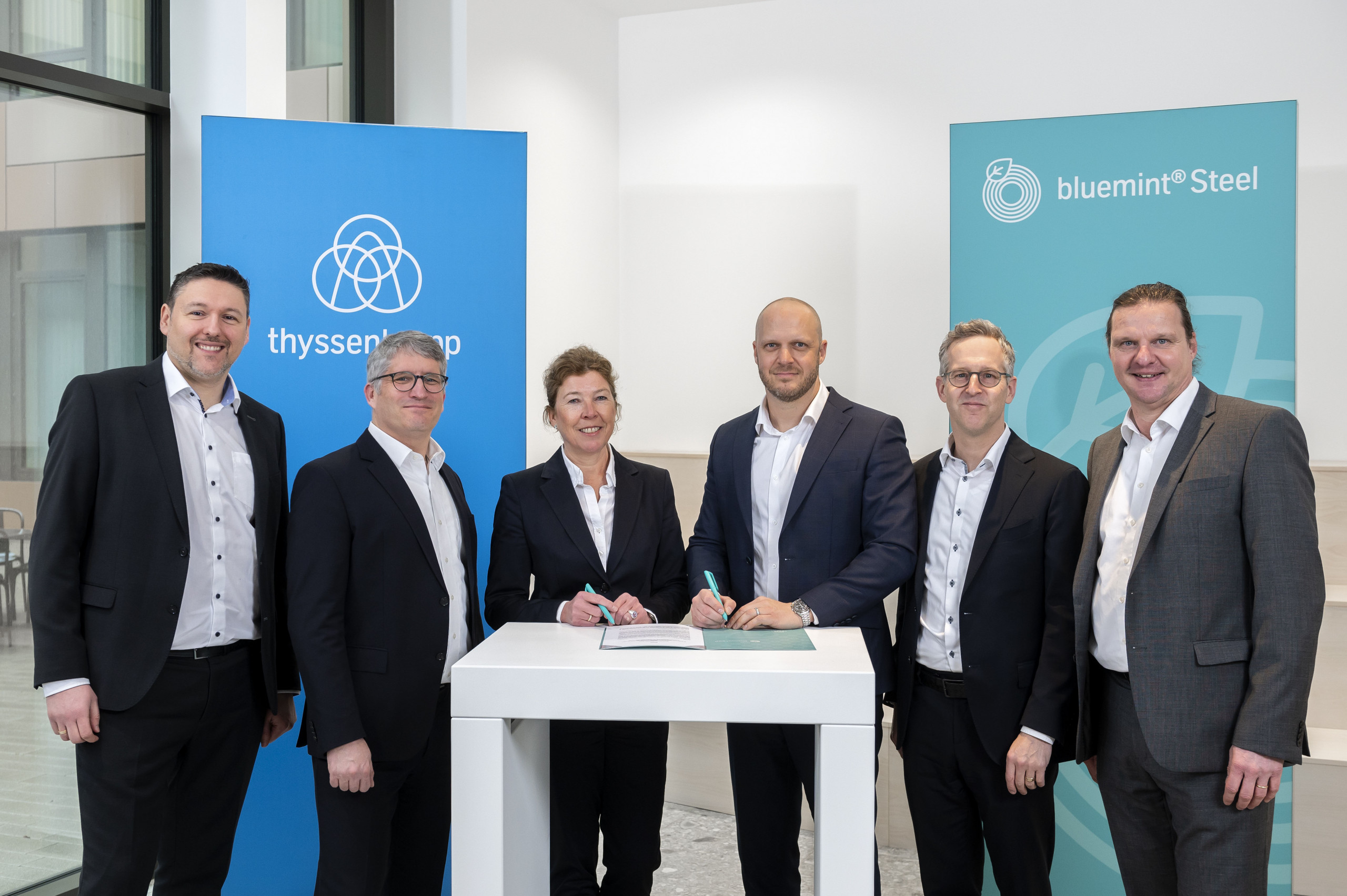
50 years ago: August-Thyssen-Hütte AG appoints its first environmental protection officer.

© Thyssenkrupp Steel
Dr. Jürgen Philipp, who was thyssenkrupp’s first Environmental Protection Officer, had previously worked for the company in Japan and was later also a professor at the Technical University in Clausthal-Zellerfeld. The position of Environmental Protection Officer was created after a three-year preparation period, and the role was initially based in the Chemical Laboratories department. In 1974, the position was then expanded and Dr. Jürgen Philipp was appointed full-time environmental officer. The position reported directly to the Technical Director and was intended to monitor and coordinate the implementation of environmental protection measures, primarily emission reductions at the time. At the beginning of Dr. Philipp’s term of office, the team consisted of just three employees. Today, there are around 50 committed specialists dedicated to the challenges of environmental protection.
New environmental awareness since the 1960s
Particularly in the Ruhr region as an industrial metropolis with heavy air pollution from unfiltered exhaust fumes, a greater awareness of environmental protection and air pollution control developed from the 1960s onwards. Willy Brandt’s much-quoted demand “The sky over the Ruhr must turn blue again!” in 1961 and the “smog crisis” in 1962 led to a series of new laws aimed at reducing environmental pollution. In 1974, the Federal Immission Control Act finally came into force, which laid down uniform requirements for environmental protection.

© Thyssenkrupp Steel
The former August-Thyssen-Hütte also accepted its responsibility to improve air quality in the region. In addition to the appointment of an environmental officer, this included major investments in process gas purification technologies and modern sintering and cloth filter systems over the following years and decades. Special attention was also paid to environmental protection aspects during the construction of the new blast furnace 1, which went into operation in 1973. The “Black Giant” is still in operation today and was upgraded again in 2021, so that it is still not only one of the largest, but also one of the most modern blast furnaces in Europe.
Thyssenkrupp Steel on the way to a new era of climate-friendly steel production
The demands on environmental protection measures have continued to increase massively since the 1970s. As early as the 1980s, the company was a pioneer in dedusting steelworks. Since then, considerable funds have been repeatedly spent on improving environmental protection. And in order to meet the ever more demanding requirements, thyssenkrupp Steel now spends around 350 million euros annually on environmental protection measures, of which around 140 million euros is spent on air pollution control and a further 140 million euros on noise protection. Not only have the requirements changed, the focus has also shifted. “Today, prevention takes precedence over the elimination of environmental damage,” says Dr. Wolfgang Volkhausen, Head of Environmental Protection at thyssenkrupp Steel Europe. “The perspective has changed, and not just with the European Green Deal or the new Industrial Emissions Directive (IED), which came into force in June 2024. We want to continue to play a leading role in environmental protection in the European steel industry in the coming years and face up to the challenges of climate change.” The central element of this strategy is the tkH2Steel transformation project, which aims to make steel production climate-neutral by 2045 at the latest by switching from coal-based to hydrogen-based technology. In the long term, the coal-based blast furnaces, as well as the “Black Giant”, will be replaced by hydrogen-powered direct reduction plants or alternative technologies as part of the transformation to climate-neutral steel production.
Industrial environmental protection is more than just CO2 reduction
But beyond the green transformation of steel production, thyssenkrupp Steel is also focusing on environmental protection and nature conservation: in waste management, for example, as many by-products of pig iron production as possible are to be recycled. One example of this is blast furnace slag, 100 percent of which is marketed as a secondary raw material. Water protection also plays an important role, as the enormous demand for water is roughly equivalent to the annual consumption of the German states of Bavaria and Baden-Württemberg combined. However, only three percent is used as fresh water: 97 percent of the water used is recycled water, which can be used up to 40 times thanks to effective treatment before it either evaporates or is discharged as purified wastewater. Soil protection is also taken into account both when planning new production facilities and when decommissioning. The long-term and strategic efforts to protect the environment are paying off and have long been part of a holistic environmental management system within the company. For example, thyssenkrupp Steel has had its climate targets validated on the basis of the science-based guidelines of the “Science Based Targets initiative” (SBTi). This makes the company one of the first steel manufacturers to have its climate targets reviewed on a scientific basis and assessed as being in line with the 1.5 degree target of the Paris Climate Agreement – both in terms of the short-term target for 2032 and the net-zero target for 2045 according to SBTi. The SBTi is a global initiative that supports companies in setting science-based targets to reduce greenhouse gas emissions in line with the latest climate science. In addition, Thyssenkrupp Steel has joined the global sustainability initiative ResponsibleSteel, a non-profit organization that uses a global standard and certification program to ensure that the steel used has been responsibly sourced and produced at every stage. Thyssenkrupp Steel sees its commitment to the ResponsibleSteel standard as a further important building block in its sustainable transformation process. Web: www.thyssenkrupp-steel.com



